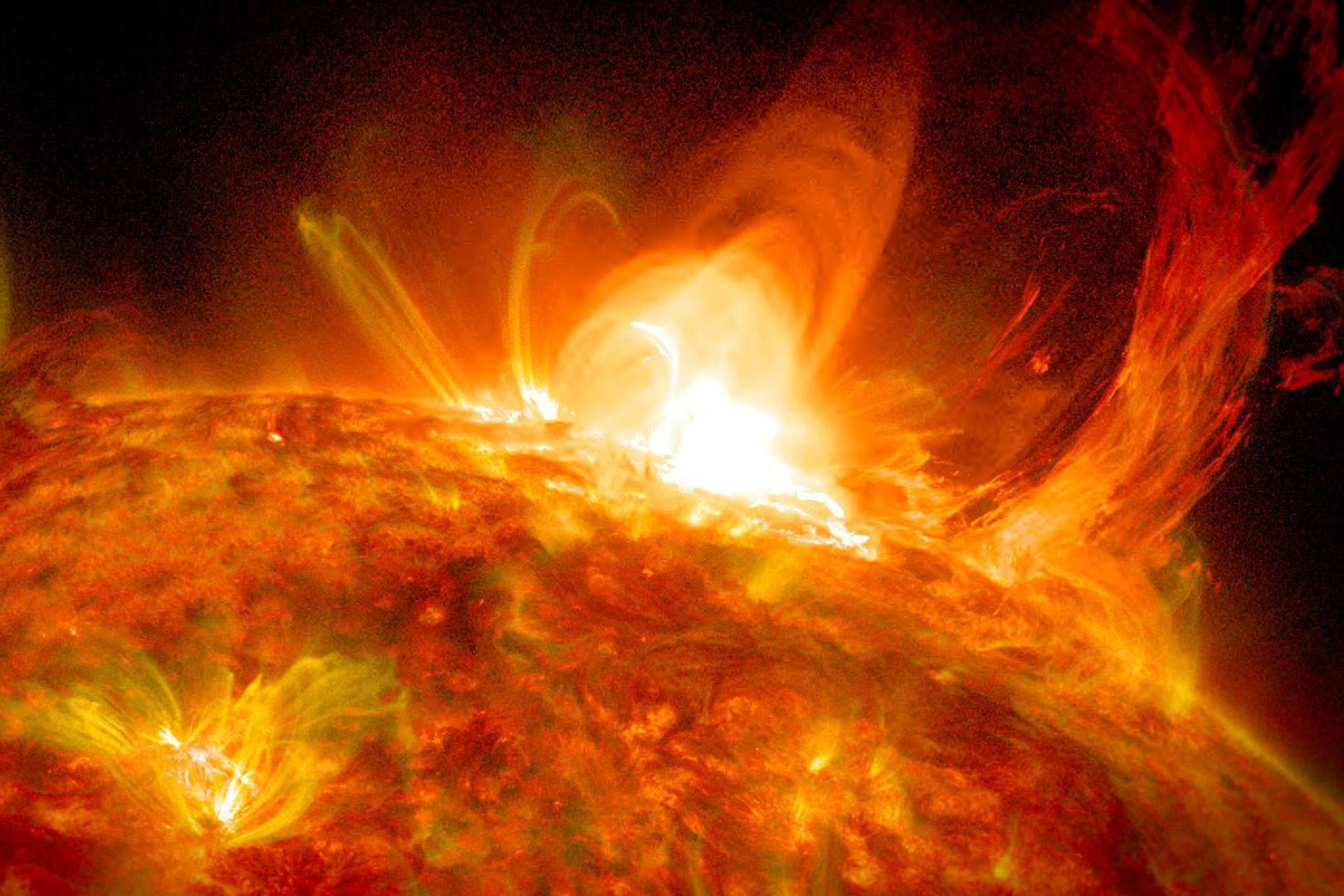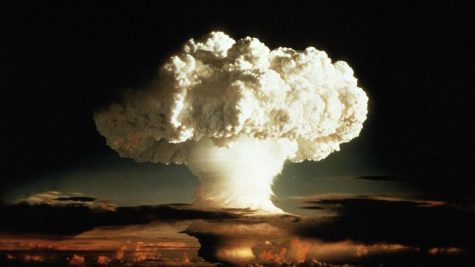How Powerful the Sun Really Is

Imagine that it is a beautiful summer morning. You walk outside and look up, feeling the warmth on your face. When you open your eyes however, you can barely see anything, and are forced to look away. That’s because you are looking at the sun, the closest star to Earth. The sun is essentially a gigantic ball of gas, with its core reaching temperatures of up to 27,000,000 degrees Fahrenheit. But what is truly amazing about this star is just how much energy it gives off. Most people don’t even grasp exactly how powerful it is. If you can’t even look at the sun from Earth (which is 93 million miles away), what will it do to you if you were to stand right next to it, or even come within a million miles of it?

Source: Quartz
The answer to that question is astonishing. Think about this. A hydrogen bomb, the most deadly weapon that mankind has in its arsenal, gives off 1 yottawatt (10000000000000000000000 kilowatts), which is the largest measurement of wattage that we have. When the United States detonated the world’s first hydrogen bomb in 1952, the explosion was 700 times more powerful than the one that obliterated Hiroshima. The sun, on the other hand, gives off approximately 384.6 yottawatts a SECOND! That is an extraordinary amount of energy.
However, as that energy travels over 93 million miles to Earth, it disperses. Because of this, only 430 quintillion joules of energy actually reach Earth. To put that into perspective, however, all of humanity uses an average of 410 quintillion joules a year. 430 quintillion joules is not as small as you think.
So the next time you look up at the sun (or rather, shield your eyes from it), think about just how powerful that ball of fire in the sky really is.















